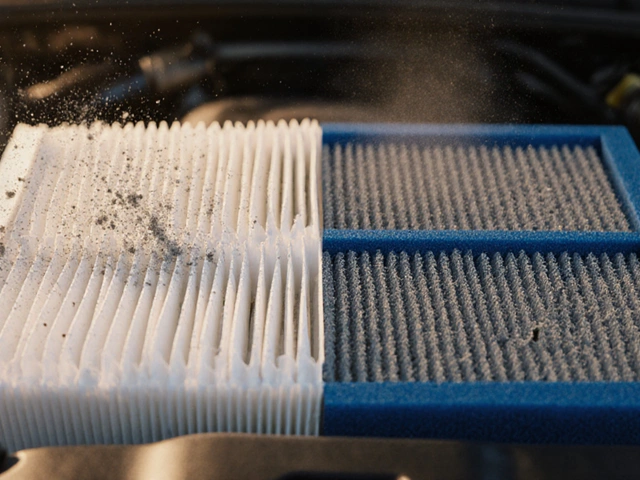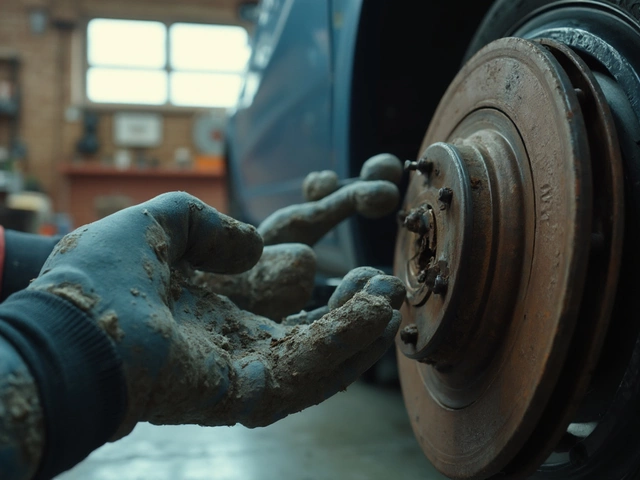AC Car Guide: Keep Your Cooling System Running Smooth
Got a hot day coming up and your car’s AC feels weak? You’re not alone. Most drivers don’t think about the AC until it stops working, then they scramble for a fix. The good news is you can do a lot yourself, from picking the right air filter to simple checks that keep the system healthy.
Choosing the Right Air Filter
The air filter sits at the front of the engine and decides how clean the air entering the combustion chamber is. A dirty filter makes the engine work harder, which can raise the temperature inside the engine bay and force the AC to work overtime. When you shop for a filter, look for one that matches your car’s make and model. If you drive in dusty roads, a higher‑flow premium filter can help, but you don’t need the most expensive option for everyday city driving.
Some people wonder about MERV 13 filters. Those are meant for home HVAC systems and can restrict airflow in a car if you try to force them in. Stick to filters rated for automotive use – most are rated between MERV 5 and 8, which is enough to trap dust without choking the engine.
Changing the filter is easy. Open the housing (usually a black plastic box near the engine), pull out the old filter, drop in the new one the same way, and snap the cover back. Do this every 12,000‑15,000 miles or sooner if you notice a drop in power.
Basic AC Maintenance Checklist
Regular AC care saves you from costly repairs. First, keep the evaporator coil clean. Over time, mold and debris build up and cause a musty smell. A quick spray of coil cleaner into the intake vents (the little openings under the dashboard) does the trick. Let it sit for a few minutes, then blow it out with the fan on high.
Next, check the refrigerant level. Low refrigerant means the compressor works harder and can overheat. Most DIY kits let you attach a hose to the low‑pressure port and read the pressure. If the reading is below the spec in your owner’s manual, it’s time to ask a professional to refill it – handling refrigerant yourself can be risky.
Don’t forget the fan. A noisy or weak fan reduces airflow and makes the cabin feel warm even if the compressor is fine. Listen for rattles and feel for airflow at each vent. If the fan blades are dirty, wipe them with a damp cloth. If the fan motor hums but doesn’t spin, it probably needs a new capacitor.
Finally, look at the AC belt. A loose or cracked belt can slip, causing the compressor to stop. Open the engine bay, locate the serpentine belt that runs the AC compressor, and give it a quick visual check. If you see cracks, fraying, or the belt feels soft, replace it before it snaps.
Keeping these simple steps in mind will keep your car’s AC cool, efficient, and ready for that next heatwave. If anything feels beyond your comfort zone, a quick visit to a local garage like Northwich Tyres Centre can save you time and keep the warranty intact.
 2 May 2025
2 May 2025
How to Tell if Freon Is Low in AC Car: Easy Signs and Tips
Wondering why your car's AC isn't blowing cold air anymore? Low Freon could be the culprit, and it's more common than you'd think. This article breaks down the easy-to-spot signs your AC might be running low on refrigerant, why it happens, and what to do if you spot the problem early. You'll get hands-on tips, so you won't have to guess whether it’s time to check your system. Knowing these signs could save you time and money, and keep your summer drives comfortable.






0